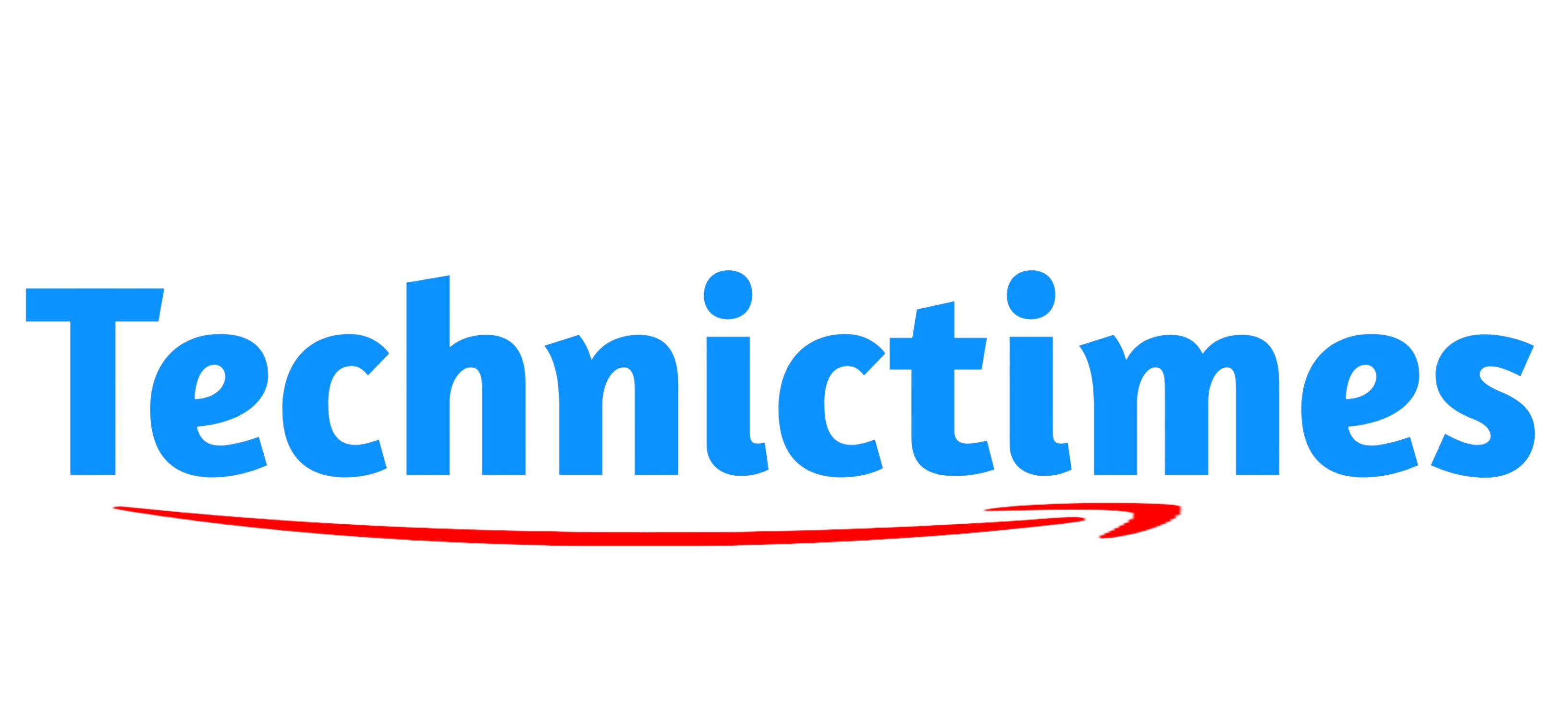Have you ever dedicated countless hours to learning and understanding something just to get irritated because you can’t seem to develop a clear understanding of the subject or retain the information? What if you could find an effective way? Let us introduce you to the Feynman Technique– the easiest and fastest way to learn and understand anything. In this article, our https://eduhelphub.com/assignment-help will discuss the Feynman Technique in-depth and also elaborate on how you can use this technique to develop a clear understanding of any subject easily and quickly.
What exactly is Feynman Technique?
According to penmypaper, if you can explain something in simple terms and clearly, it depicts that you have understood something well.
When you try to explain a concept clearly and in simple terms, you will be able to see where you have a better understanding of that particular concept. This also makes it easier for you to detect the problem areas, as those will be the areas where you get stuck or resort to using complex language or terminology.
This is the very idea behind Feynman Technique. Termed after the Nobel Prize-winner Richard Feynman, a physicist, who was also called “The Great Explainer” for his extraordinary skill and ability to simplify complex terms intuitively. The Feynman Technique is known to be the fastest way to learn concepts by explaining them in simple and plain language.
According to Feynman, critical thinking and learning deeply are one of the best methods to study to develop a strong understanding of an idea or a concept.
There are four key steps in this technique:
- Writing down the concept/term
- Explain it to others in simple terms
- Review your explanation to identify the areas you got stuck at
- Rewrite those areas in simpler terms
These steps will help you understand even the most difficult terms and concepts in little time if you only know how to simplify them and describe them in plain language. The idea behind this is to study, understand, and then explain a concept or idea in extremely simple, digestible language as concisely as possible so that even a fourth grader may be able to understand.
What is considered Learning?
When you understand something correctly, only then you can elucidate and impart your knowledge to others, asserts the best custom essay website. The Feynman Technique not only helps you improve your knowledge but also helps you nurture different perspectives of learning.
Separating your thoughts into pieces and presenting what you think you know; a new understanding emerges as a result of refining them with new data.
How to Apply the Feynman Technique
Step 1: Take a piece of paper and write the concept’s name at the top. Even though the method is named after Feynman, it can be applied to a wide range of topics outside of mathematics and science.
Step 2: In your own words, explain the idea as if you were teaching it to someone else.
The use of ornate words is a common reason why teaching is hard. If you can’t put a concept into words that make sense, you don’t know what you’re talking about. Your listeners will have a hard time understanding what you’re saying in return.
Include one or two examples in your teaching as well to ensure that the idea is properly applied to the right circumstances.
Your note might look something like the one shown above:
Subject: What is semantics?
- A subfield of linguistics, linguistics is the study of language and all things related to language.
- It makes words’ meanings logical
- Has various subtypes: formal, conceptual, and lexical
What do formal semantics mean?
- Sense: Using the word appropriately and in its precise sense
- Implication: What a word may suggest or imply
- Reference: How a word is related to other words.
- Form: How the words look
Step 3: Look over your explanation and figure out where you didn’t know something or where you think it’s weak. Go back to the source material, your notes, or any examples you can find to reinforce your understanding once you have identified them.
Step 4: Try to rewrite any parts of your explanation where you used a lot of technical terms or complicated language. If you can, make it a challenge to yourself to do so. Make sure your explanation can be understood by someone who doesn’t have the knowledge you think they do.
Final Words
Feynman demonstrates that learning is a lifelong activity and that a mental model is someone’s idea of how something works in real life. With just a piece of paper, this method is meant to help you study, learn new things quickly, and start learning.

